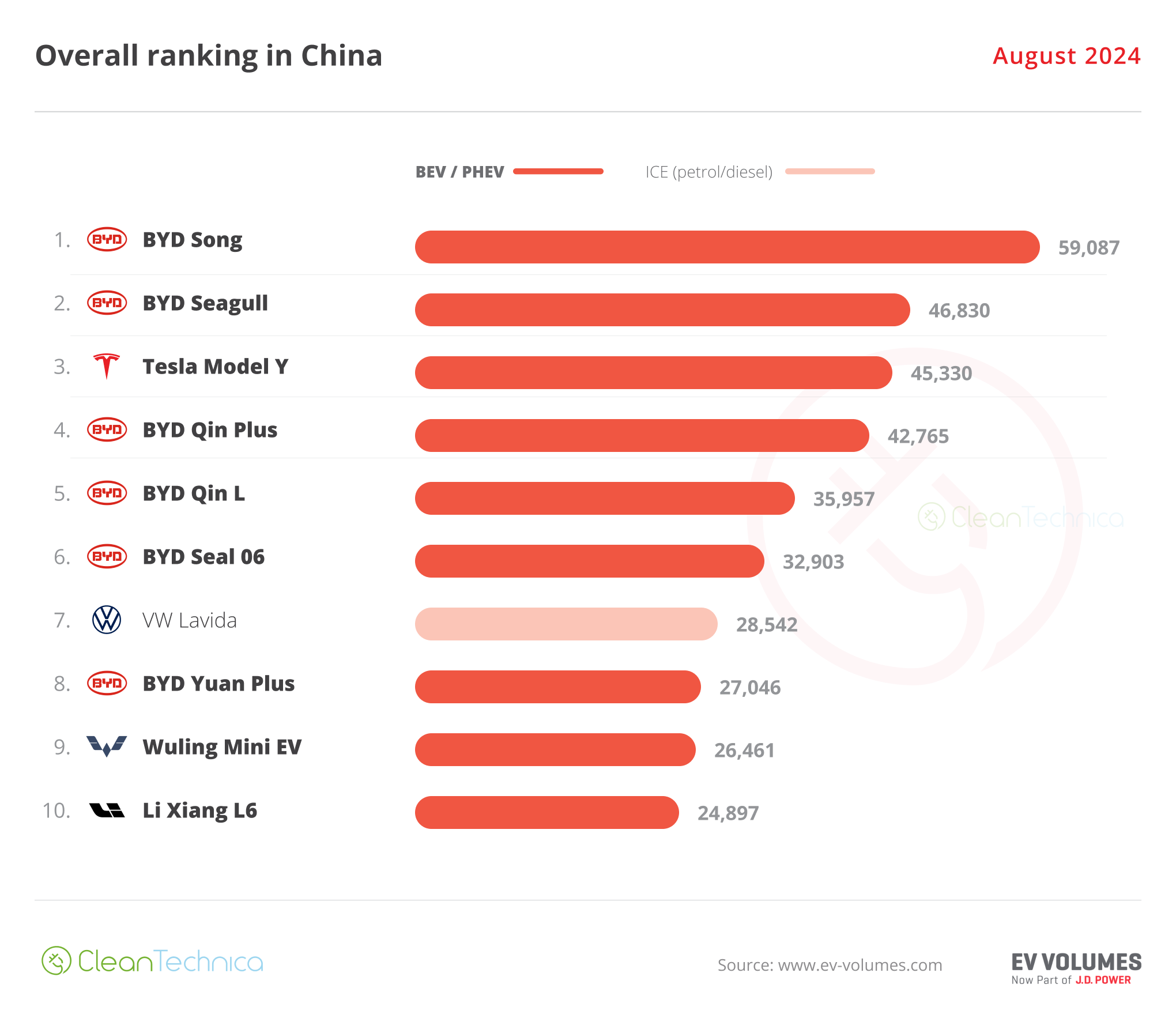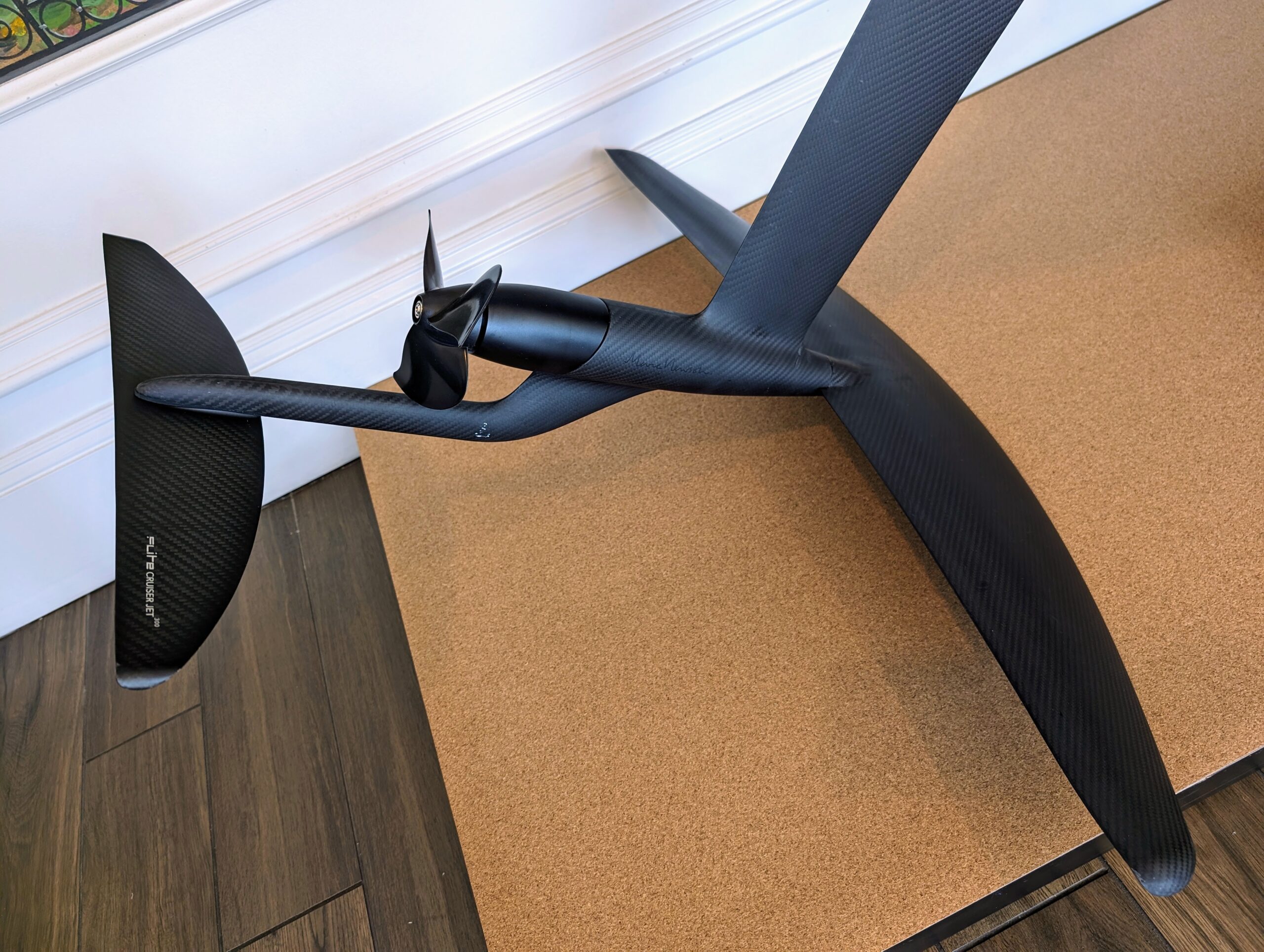
On February 14, 2023 we announced our Rebuttal Update Project. This included an ask for feedback about the added “At a glance” section in the updated basic rebuttal versions. This weekly blog post series highlights this new section of one of the updated basic rebuttal versions and serves as a “bump” for our ask. This week features “How do we know more CO2 is causing warming?“. More will follow in the upcoming weeks. Please follow the Further Reading link at the bottom to read the full rebuttal and to join the discussion in the comment thread there.
At a glance
To make a statement like, “minor greenhouse gases such as CO2 have little effect,” is to ignore 160 years of science history. So let’s look at who figured out the heat-trapping properties of carbon dioxide and when.
Experiments involving various gas mixtures had demonstrated the heat-trapping properties of water vapour, CO2, and methane in the 1850s. But those effects were yet to be quantified — there were no meaningful numbers. It was to be another 40 years before that happened.
Swedish scientist Svante Arrhenius (1859-1927) was the person who crunched the numbers. The results were presented in a remarkable paper, “On the Influence of Carbonic Acid in the Air upon the Temperature of the Ground,” in 1896.
The many calculations in the 1896 paper include estimates of the amounts of CO2 increase or decrease required to drive the climate into a different state. One example used was the Hothouse climate of the Cenozoic, around 50 million years ago. Another was the glaciations of the last few hundred millennia.
To get a temperature rise of 8–9°C in the Arctic, Arrhenius calculated that CO2 levels would have to increase by 2.5 to 3 times 1890s levels. To lower the temperature 4–5°C to return to glacial conditions, he calculated a drop in CO2 was needed of 0.62-0.55 times 1890s levels.
We know CO2 levels in the 1890s from ice-core data. They were around 295 ppm. Let’s do the sums. A reduction factor of 0.55 to 0.62 on 295 ppm gives 162.2–183.9 ppm. Modern ice-core measurements representing the past 800,000 years show that in glacial periods, CO2 levels fell to 170–180 ppm.
What we now know due to additional research since 1896 when Arrhenius worked on this is that CO2 was an essential “amplifying feedback.” That means changes triggered by long term, cyclic variations in Earth’s orbit cause warming or cooling and CO2 release or entrapment in turn. Those changes in CO2 levels affected the strength of Earth’s greenhouse effect. Changes in the strength of the greenhouse effect then completed the job of pushing conditions from interglacial to glacial — or vice-versa.
Arrhenius also made an important point regarding water vapour: “From observations made during balloon voyages, we know also that the distribution of the aqueous vapour may be very irregular, and different from the ideal mean distribution.” This statement holds true today: water vapour is a greenhouse gas, but because water exists in gas, liquid, and solid forms in the atmosphere, it is continually cycling in and out of the air. It is distributed in a highly uneven fashion and is uncommon in the upper atmosphere. That’s where it differs from CO2.
Once CO2 is up there, it’s up there for a long time. As a consequence, it has a pretty even distribution: “well-mixed” is the term. As Arrhenius quantified all that time ago, once it’s up there, it constantly absorbs and re-radiates heat in all directions. That’s why dumping 44 billion tons of it into our atmosphere in just one year (2019 — IPCC Sixth Assessment Report 2022) is a really bad idea.
Please use this form to provide feedback about this new “At a glance” section.
Article from Skeptical Science.
I don’t like paywalls. You don’t like paywalls. Who likes paywalls? Here at CleanTechnica, we implemented a limited paywall for a while, but it always felt wrong — and it was always tough to decide what we should put behind there. In theory, your most exclusive and best content goes behind a paywall. But then fewer people read it! We just don’t like paywalls, and so we’ve decided to ditch ours. Unfortunately, the media business is still a tough, cut-throat business with tiny margins. It’s a never-ending Olympic challenge to stay above water or even perhaps — gasp — grow. So …



